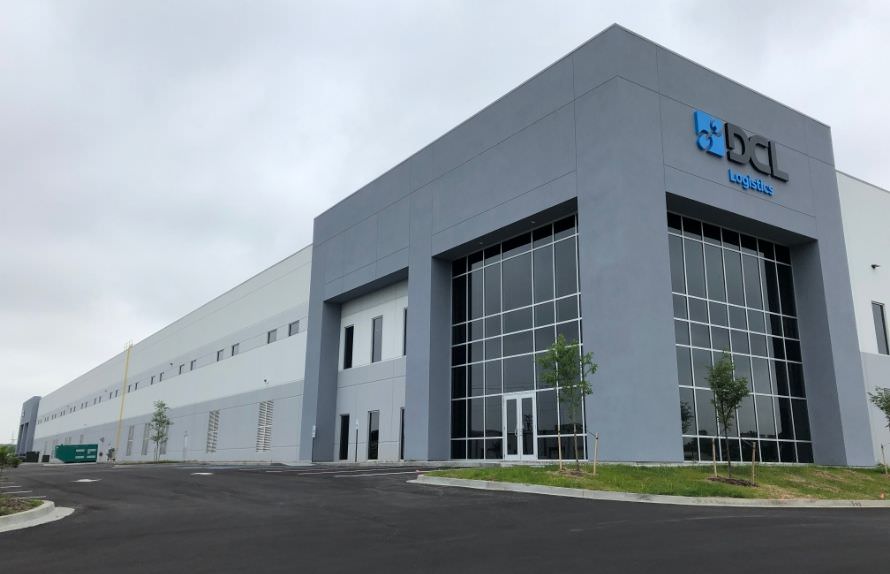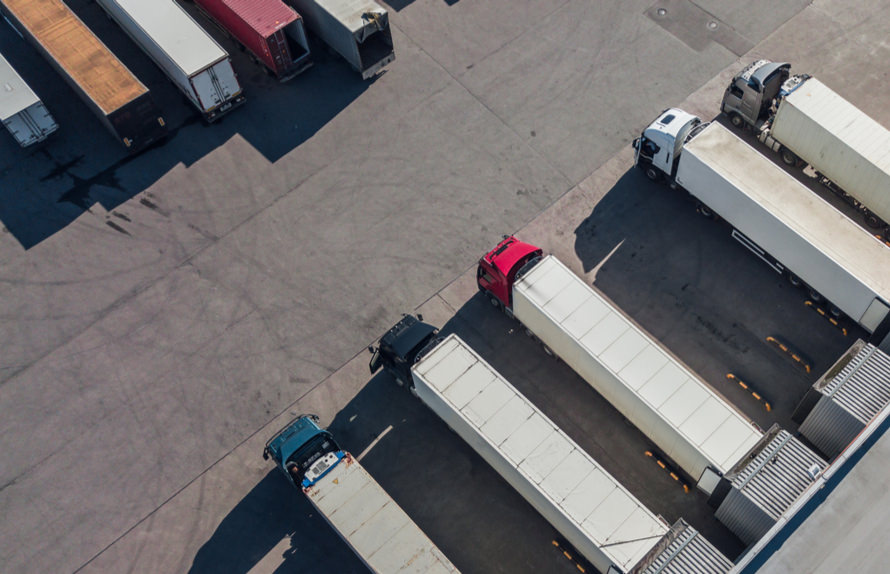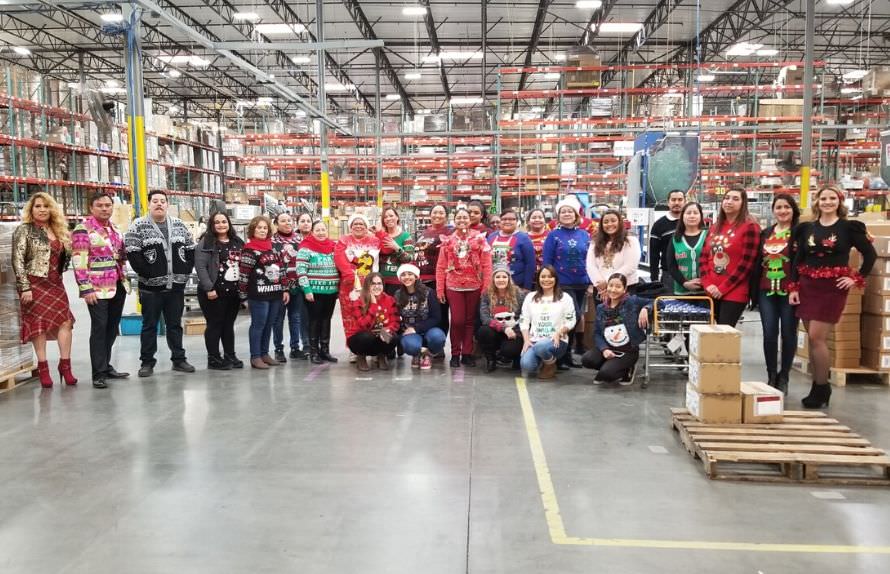
LCL vs FCL is a central decision for ecommerce shippers and 3PLs because it determines how ocean freight moves, how much is paid, how fast goods arrive, and how much handling and risk a shipment will encounter end to end.
What LCL vs FCL Means
LCL, or less than container load, lets multiple shippers share space in one shipping container, paying by volume measured in cubic meters (CBM), while FCL, or full container load, gives exclusive use of a container at a flat container rate for a single consignee and bill of lading per box. In practice, FCL is faster and more secure due to fewer handoffs and direct routing, whereas LCL is more flexible and cost-effective for smaller quantities that do not justify an entire container.
Why is Matters in 3PL Driven Ecommerce
For ecommerce, partnering with a freight forwarder to plan the right shipping method allows the 3PL to balance shipment volume, shipping costs, transit time, and risk of damage while maintaining service levels through volatile demand cycles. Choosing FCL enables direct routing and simpler customs clearance for larger volumes, while LCL shipping keeps cash flow lean for low-volume SKUs, new product launches, and seasonal replenishment without paying for unused container space.
How CBM and Shipment Volume Guide the Choice
Most freight forwarders use CBM and shipment volume thresholds to decide when to use FCL, with common rules of thumb indicating FCL begins to make sense near 15 CBM for ocean freight, depending on rates, lanes, and handling needs. Because LCL pricing is by CBM or weight/measure with added consolidation/deconsolidation fees, total cost can overtake FCL as cargo volume increases, making FCL shipping more cost-effective per unit for high-volume movements.
- LCL shipping: pay by CBM/ton plus handling; ideal for smaller shipments and low-volume replenishment when the container will not be close to full.
- FCL shipping: pay per container; ideal when the shipment size, measured in CBM and pallets, approaches the capacity of a 20′ or 40′ container, improving cost efficiency and speed.
Speed, Handling, and Risk of Damage
FCL tends to have shorter transit time because the sealed box moves directly with fewer touchpoints, reducing delays linked to consolidation or terminal handling, and it lowers the risk of damage by minimizing cargo mixing and rehandling. LCL involves consolidation at origin and deconsolidation at destination, adding handoffs that can extend transit time and slightly increase exposure to damage or delays, which matters for fragile or time-sensitive goods.
- FCL: sealed at origin, delivered to the final destination with fewer stops, benefiting shippers with sensitive freight and tight delivery windows.
- LCL: more touchpoints due to shared space with multiple shippers, which can add time at the CFS and elevate risk for delicate cargo unless packaging and blocking are strong.

Customs Clearance and the Bill of Lading
With FCL, customs clearance and the bill of lading are tied to a single container and consignee, which generally streamlines inspection and release because documentation is consolidated for one shipment. With LCL, each LCL shipment has a House Bill of Lading under a Master Bill of Lading for the entire container, and any problem shipment in the same container can hold up others during deconsolidation and clearance, making forwarder coordination essential.
- FCL: one B/L for the entire container; simpler clearance and fewer variables.
- LCL: HBL/MBL structure; deconsolidation and multiple consignees create more checkpoints before final release.
Cost Structure and Total Cost
FCL shipping quotes are based on a container rate that becomes more cost-effective as cargo volume grows, often delivering a lower cost per unit for high-volume SKUs and repeat lanes managed by a 3PL. LCL shipping rates are based on CBM/ton, plus consolidation and deconsolidation fees, which can be very cost-effective for smaller loads but scale quickly as volume creeps toward a full or near-full container.
- Use FCL when shipment size is large enough that the per-unit cost and speed advantages exceed the premium of booking the whole container.
- Use LCL when shipment size is well below container capacity and cash flow or inventory strategy favors smaller, frequent moves over warehousing a large inbound.
Practical Thresholds and Pallets
Forwarders commonly flag around 15 CBM as a practical point to start evaluating an FCL container, though the exact threshold varies by shipping rates, seasonality, and commodity. A 20′ container offers roughly 33 CBM total capacity in theory, but practical loading often targets less than the theoretical maximum to allow for safe unloading and weight distribution across pallets and packaging.
- LCL shipments often move on standard pallets, and per-pallet density affects whether charges are based on weight or volume, impacting total cost.
- FCL shipments reduce per-pallet handling once stuffed, which helps protect packaging integrity and simplifies delivery to the consignee’s facility.
Service Design with a Freight Forwarder
A freight forwarder designs the shipping option around the business’s supply chain goals, selecting FCL shipping for direct routing, lower risk, and predictable transit time, or LCL shipping for flexible replenishment tied to demand. For 3PL operations, this choice supports inventory positioning across nodes, balancing warehousing costs against ocean freight spend and service levels for final destination delivery.
- Forwarders manage consolidation, routing, and carrier bookings for both FCL and LCL, and they orchestrate documentation to keep customs clearance smooth.
- For international shipping, the right method reduces total cost by aligning container space usage with true shipment size and lead-time needs.
When to Use FCL vs LCL
The choice hinges on cargo volume, shipment size, transit time, and risk tolerance alongside shipping costs compared with warehousing and cash flow impact. FCL is often optimal for large volumes, fragile or high-value goods, and time-sensitive replenishment when the container can move directly to the consignee; LCL is ideal for small shipments, testing new markets, or smoothing inventory without carrying a whole container’s worth of stock.
- FCL shipments help high-volume sellers and 3PLs gain cost efficiency and control in lanes where the box can be regularly filled.
- LCL shipments support low-volume SKUs, seasonal spikes, or early-stage brands where shipment size does not justify an entire container.
Key Takeaways for Ecommerce
- FCL advantages: faster transit time, lower risk of damage, direct routing, simpler customs clearance, and cost-effective unit economics as CBM grows.
- LCL advantages: cost-effective for smaller volumes, pay only for the CBM used, flexible shipment frequency, and less need for warehousing large inbound stock.
- FCL disadvantages: higher upfront spend for a single container, potential underutilization if volume dips below planned load.
- LCL disadvantages: longer transit time due to consolidation/deconsolidation, higher exposure to delays or inspections affecting multiple shippers.
How 3PLs Operationalize the Decision
- Forecasting and thresholds: 3PLs compare CBM forecasts and shipping rates to define a trigger point to switch from LCL shipping to FCL shipping for specific SKUs and lanes.
- Packaging and pallets: teams optimize packaging density and palletization to reduce CBM in LCL and maximize container space in FCL, affecting total cost and risk of damage.
- Documentation flow: ensuring accurate commercial invoices, packing lists, and the correct bill of lading type avoids customs clearance delays, especially in LCL with HBL/MBL.
Decision Framework for Shippers
Start with shipment volume and CBM; overlay transit time needs; assess risk of damage tolerance and consignee requirements; and then model shipping costs versus warehousing and cash flow. If the shipment size is approaching the capacity at which the container space is mostly utilized, FCL shipments tend to deliver better cost efficiency; if the shipment volume is well below that level, use LCL and scale to FCL as demand stabilizes.
- For time-sensitive launches or fragile electronics, use FCL to minimize handling and hit the final destination reliably.
- For smaller loads, prototypes, and early runs, use LCL to share space and keep shipping rates aligned with actual shipment size.
Bottom Line
FCL means one shipper, one full container load, sealed and moved directly, with faster speed and lower handling risk, often at a better per-unit rate when cargo volume is high enough to justify the single container. LCL means multiple shippers share space and pay by CBM, which is cost-effective for smaller shipments but involves consolidation, deconsolidation, and potentially longer transit time and customs complexity compared with FCL shipments.








